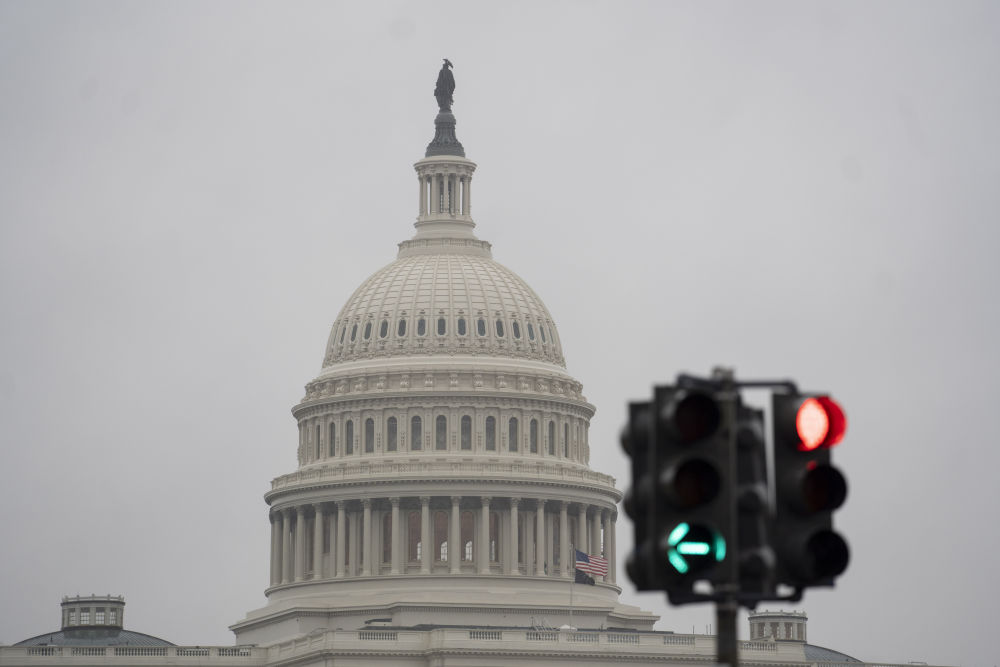Washington, January 20 The new President of the United States Biden was officially sworn in on the 20th. For the Biden administration, quickly controlling the coronavirus epidemic is indeed a top priority, and the troubled economy is also an urgent challenge to be solved.
Analysts point out that what is facing the Biden administration is the “dreadnifying” job recovery challenge. The data shows that so far, the 19 million jobs lost by the U.S. labor market have recovered only about half of the epidemic, and the number of unemployed people is the highest since the Great Depression in the 1930s.
Recently, the rebound of the epidemic has further worsened the employment situation, and the number of first-time jobless claims has climbed to nearly one million again.
Moreover, the uneven employment recovery between different ethnic groups has led to a further deterioration of the labor market structure. The data shows that the unemployment rate of African descent and Latino Americans is as high as 9.9% and 9.3% respectively, while the white unemployment rate is 6%.
Biden has repeatedly promised that developing the economy is one of the priorities after taking office. Recently, he proposed an economic rescue plan totaling $1.9 trillion in an attempt to inject a boost into the U.S. economy.
However, Republicans have always opposed large-scale spending, and it is still unknown whether the economic rescue plan will be approved by the U.S. Congress. Goldman Sachs economist Alec Phillips said that the few Republicans who “buy” the economic rescue plan may lead to the approval of the final plan far below the proposed amount.
Biden’s economic relief measures have also been questioned in the American business community. For example, raising the minimum hourly wage to $15 has attracted opposition from many business groups and Republicans.
Matthew Haller, head of government relations at the International Franchise Association, noted that in some rural areas, the standard is too high, which will expose small restaurants and retailers hardest hit by the pandemic to higher labor costs, further fueling the wave of closures and becoming “the last straw to crush the camel.”
Neil Bradley, chief policy officer of the U.S. Chamber of Commerce, said that raising the minimum hourly to $15 is “completely unreasonable” and will lead to fewer jobs and harm the economy.
Observers say that even if Biden’s economic rescue plan is approved, it is unknown to what extent it will stimulate the economic growth of the United States.
Richard Marston, an honorary professor of finance at the Wharton School of Business at the University of Pennsylvania, believes that the financial rescue plan proposes to issue cheques to American families, which lacks clear targeting and meaningless.
Jeremy Siegel, a finance professor at the college, also believes that the relief measures should be more targeted, especially to support economic activities with face-to-face contact needs, because related economic activities have stalled.
The “emergency” brought about by the epidemic is difficult to cure, but debt pressure continues to accumulate against the backdrop of the government’s expanding spending to deal with the epidemic. The debt sinking that has long plagued the economic development of the United States will continue
Many analysts point out that controlling the “debt snowball” within a reasonable range and maintaining a healthy fiscal situation are also important guarantees for the long-term sustainable development of the U.S. economy. But federal public debt will reach 98.2% of GDP, or $20.3 trillion, according to the Congressional Budget Office.
Coupled with the previously passed budget of $1.4 trillion for fiscal 2021 and a possible new relief bill, the debt of the United States will continue to increase.
The Wall Street Journal wrote an article criticizing the U.S. government for “nothing” on the issue of federal debt cap and how to repay it.
The article quoted Stanford economist Michael Boskin as saying that the federal government’s support for the economy should be limited, and the huge debt deficit cannot be infinitely sustained.
Because “interest rates will eventually rise”, the United States will certainly pay the price for soaring debt at some point in the future.



